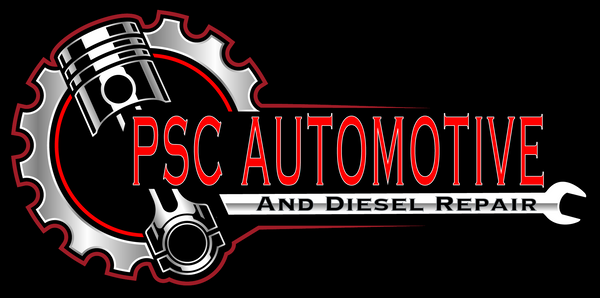FICM Tuning / Rental
FICM Tuning / Rental
Couldn't load pickup availability
FICM Tuner Rental Program:
ONLY $150 per tune
$500 refundable upon return within 30 days.
FICM Programming: Instantly feel what you’ve been missing
It all started with Bill being told he couldn’t program the Fuel Injection Control Modules (FICMs) in the 6.0L PSDs. His response, “Hold my beer". This challenge resulted in one-of-a-kind tuning that unlocks previously unimagined benefits in 4 distinct power levels, Economy, Atlas 40, Atlas 80, and Hercules.
Features:
- Resolves many cold-start issues
- Usually results in more MPG
- Improves tip-in throttle response
- Results in better overall drivability from idle up through 3500 rpm
- Proven performance gains up to 100 HP
- Eliminates annoying injector post buzz
- Alternate tuning available for large-nozzle injectors
- Works with most ECM tuning
With 4 separate power levels, there’s a FICM tune to fit your needs:
- ECONOMY – Improved throttle response and economy without any significant power gains. Good for all applications, but generally used when the ECM has a high horsepower tune and additional fueling is not desired.
- ATLAS 40 – Improved throttle response and economy with a 40 HP gain. Useful for mild to heavy towing or when excessive exhaust gas temps (EGTs) are a concern. Good for trucks without head studs.
- ATLAS 80 – Improved throttle response and economy with an 80 HP gain. Best for daily driving or very light towing.
- HERCULES – Maximum performance with a 100+ HP gain. Not recommended for towing as it can increase EGTs. It’s recommended you run an EGT probe to monitor temps. NOT RECOMMENDED FOR TRUCKS WITHOUT HEAD STUDS.
"What can I really expect?"
Below are the dyno plots that show just what you can normally expect from reprogramming your FICM.
The vehicle we tested was a 2004 F-250 2WD with 283,000 miles, running a 100 HP tune on the ECM.
Vehicle test conditions: Engine at full operating temperature, 3rd Gear, Converter Locked.
To read the dyno charts, the Torque scale is on the left and the HP scale is on the right. This image helps to illustrate the differences between a standard FICM strategy and a modified FICM strategy on an otherwise stock vehicle.
Share

FAQ
How long does shipping take?
Most products ship in 3–7 days. Some will take longer. If a product needs more time, it will say so on its product page.
How do I know if a product fits my truck?
Each product page lists the year, make, and model it fits.
If you’re unsure, you can message us through our website, email, or Facebook, and we’ll confirm fitment for you.
Do you offer installation?
Yes. PSC Automotive & Diesel Repair installs everything we sell.
Call or message us to schedule an appointment.
What is your return policy?
- Returns accepted on new, unused items.
Some items are subject to a restocking fee, depending on the manufacturer.
Electrical parts, tuners, and custom-built items are non-returnable.
Full details are on our Refunds page.
What is your warranty policy?
Our warranty matches the manufacturer’s warranty.
If a part fails or has a defect, we will work with the manufacturer to get it replaced.
We do not warranty parts that were:
Installed incorrectly
Damaged by lack of maintenance
Removed or messed with after installation
Installed by another shop after we installed it
Full warranty details are on our Warranty page.
Will I get tracking information?
Yes. Tracking is emailed to you as soon as your order ships.
Check your spam folder if you don’t see it.
Do you offer customer support?
Yes! You can contact us anytime at:
Website chat
Email
Phone
Facebook or Instagram
We reply quickly during business hours.

